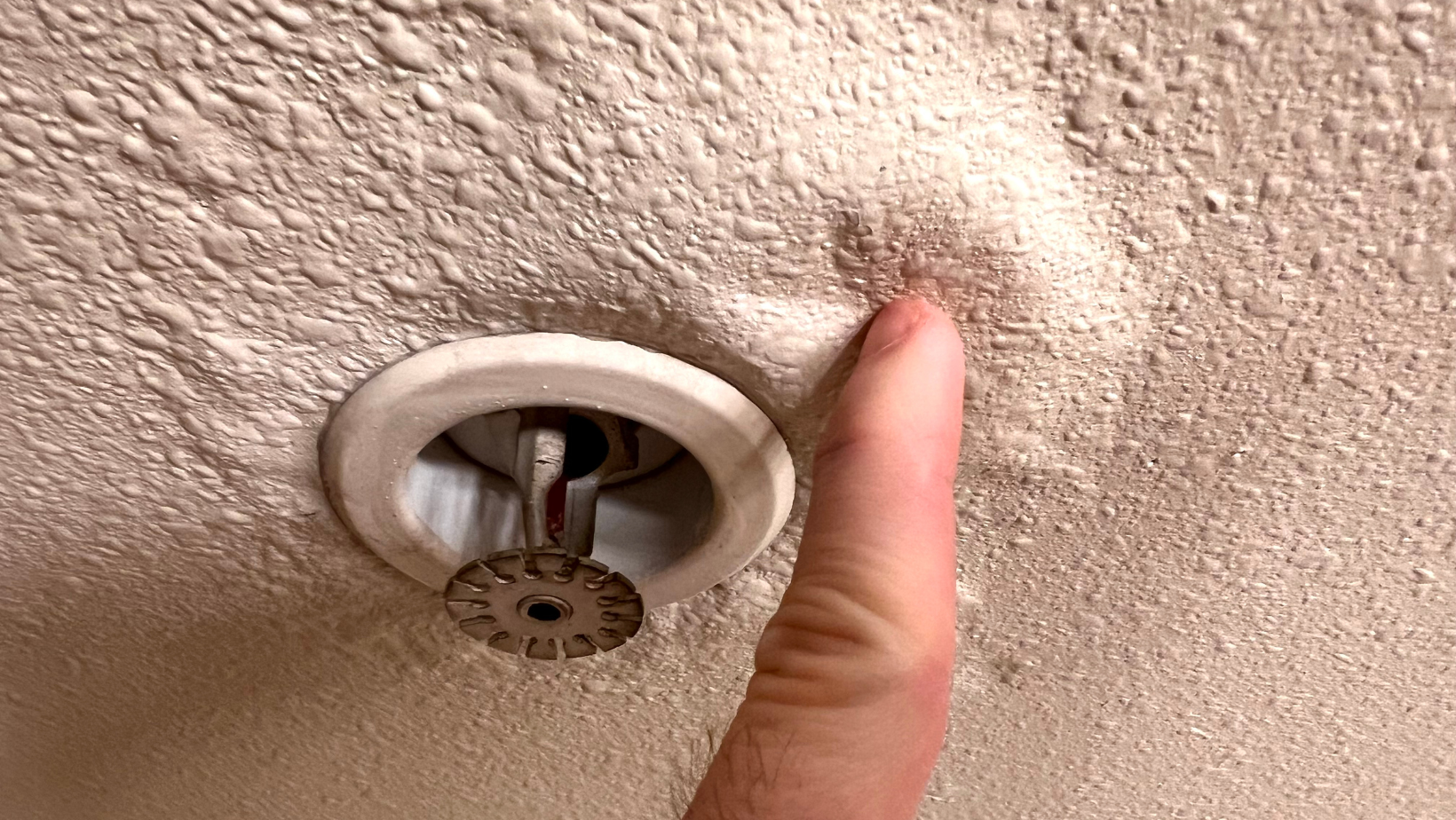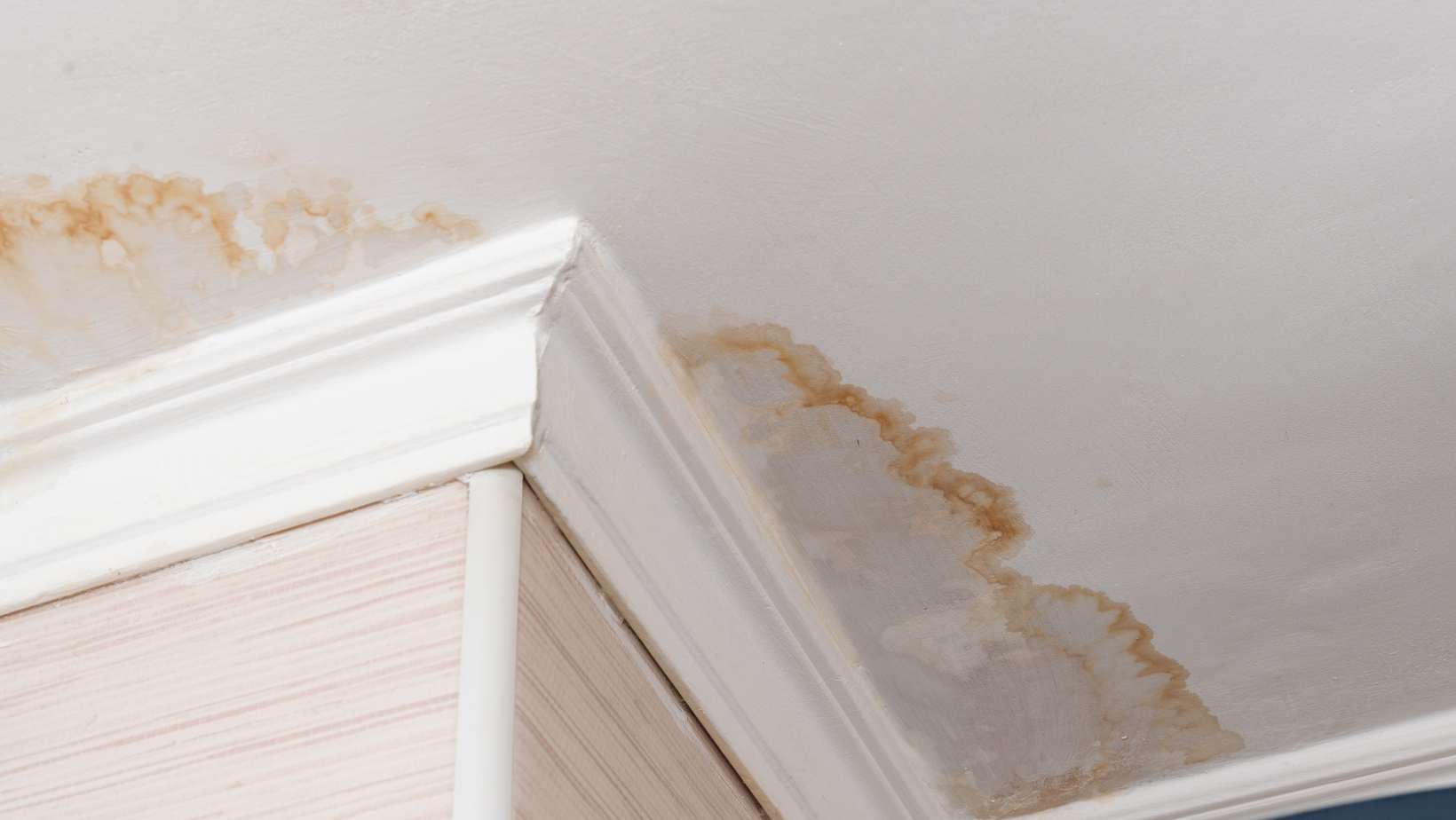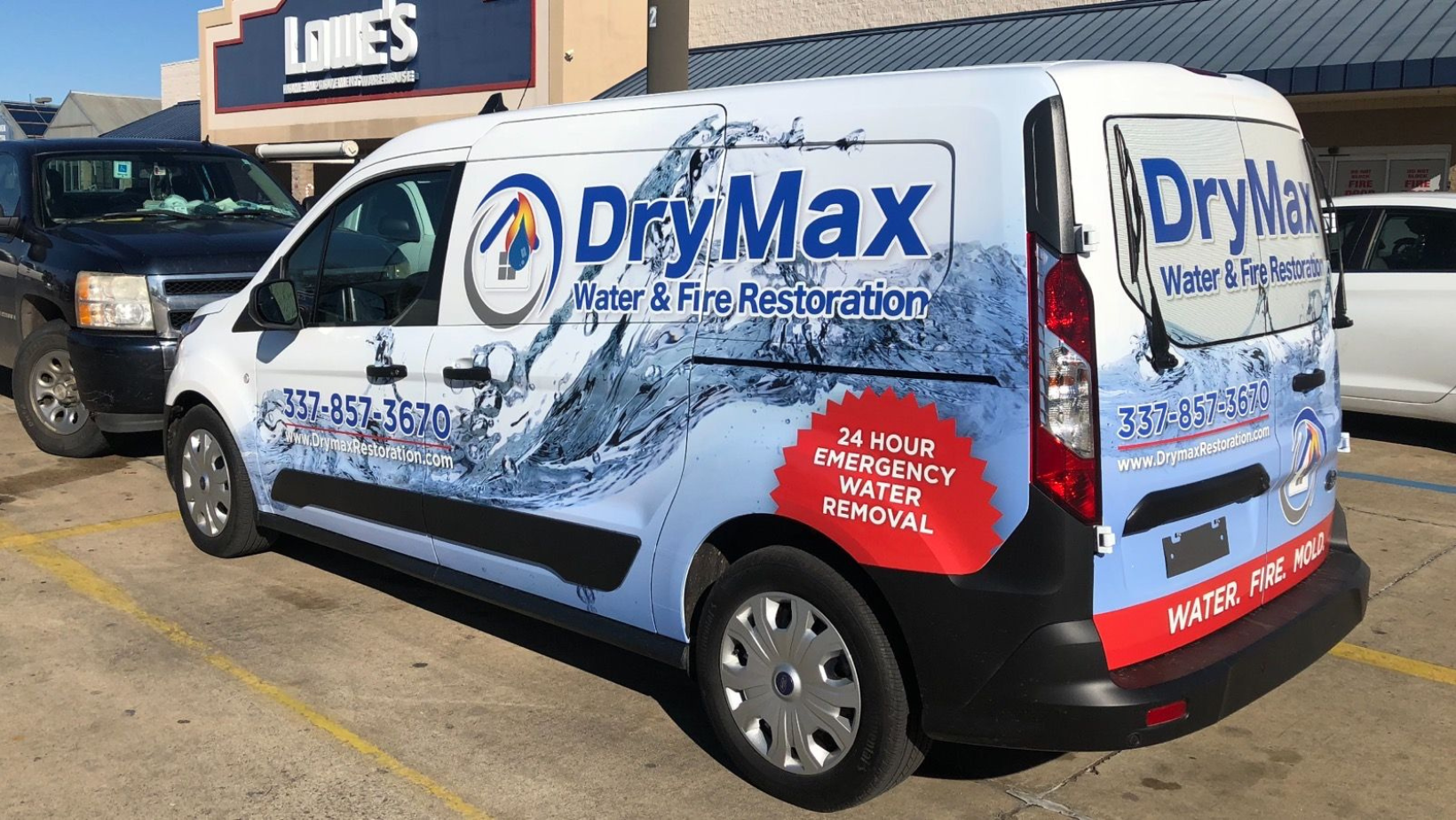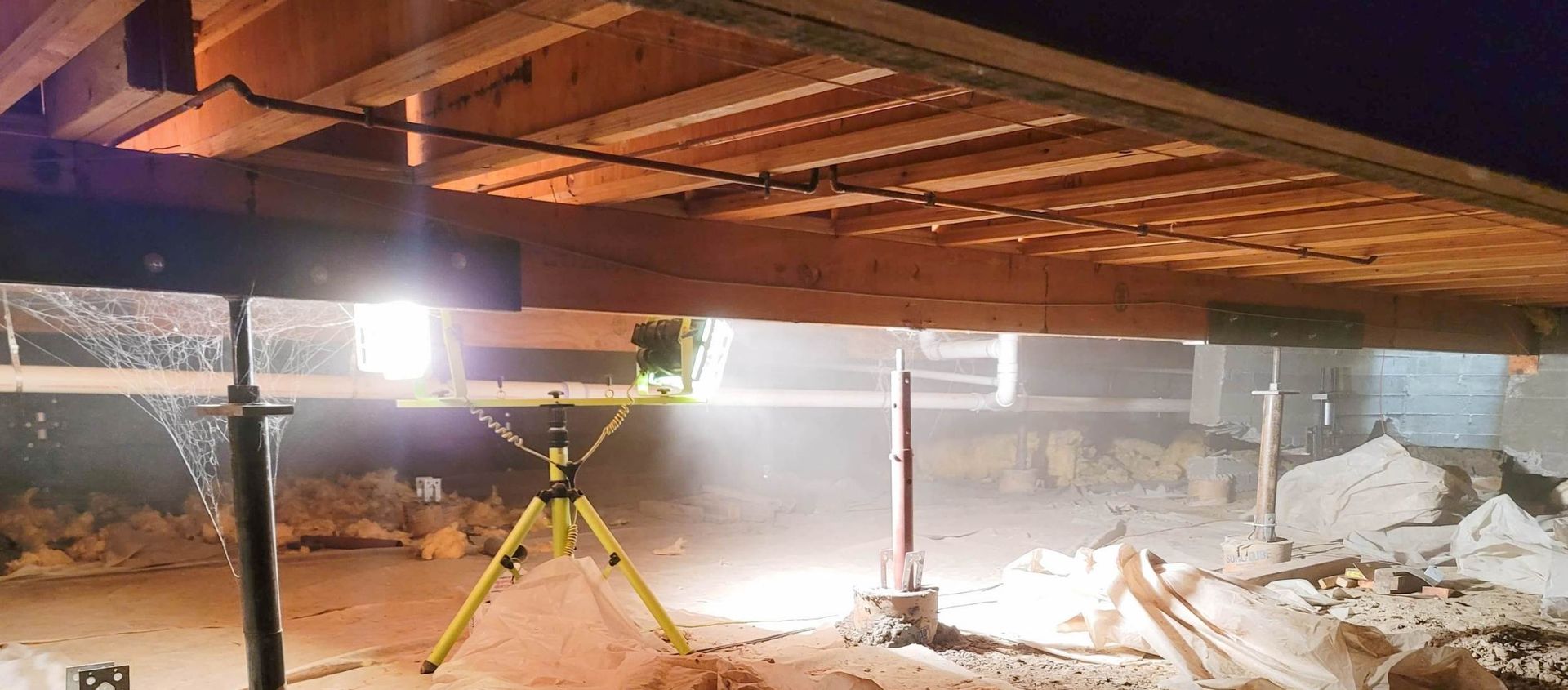The Hidden Dangers: How Water Damage Can Lead to Mold Growth
The Hidden Dangers: How Water Damage Can Lead to Mold Growth
Water damage may seem like a minor inconvenience, but it can actually lead to a much bigger problem: mold growth. The connection between water damage and mold is often underestimated, but the consequences can be severe. If you have experienced water damage or flooding, or suspect that you might have mold in your home, it is crucial to understand the hidden dangers. Mold-related illnesses can go undiagnosed for a long time, causing health issues that may be difficult to pinpoint. In order to prevent mold growth and protect the health and safety of your household, it's important to address water damage promptly and take the necessary steps for mold prevention. Mastertech Environmental, a trusted service provider and industry leader, offers expert advice and services to ensure that your property is free from water damage and the risks associated with mold growth. With their professional and informative approach, Mastertech is committed to providing reassurance, confidence, and expert solutions to keep your home safe.

The Unseen Consequence: Water Damage and Mold Growth
Understanding Water Damage: Causes and Consequences
Water damage is typically caused by a variety of factors, ranging from natural disasters like floods and storms to household issues like leaks and plumbing failures. Regardless of the cause, the aftermath of water damage can be devastating and far-reaching.
When water invades your property, it seeps into walls, floors, and furniture, causing structural damage and creating a damp environment. This dampness serves as a breeding ground for molds, a type of fungi that thrive in moist conditions.
The consequences of water damage extend beyond the physical damage to the property. The moisture buildup creates an ideal environment for mold growth, which can lead to a variety of health issues if not addressed promptly. These include respiratory issues, allergies, and in severe cases, neurological problems and even death.
Understanding the causes and consequences of water damage is the first step towards effective prevention and treatment. By addressing the water damage promptly, you can prevent the onset of mold growth, thus protecting your home and your health.
The Mold Menace: Basics and Beyond
Mold is a type of fungus that grows in the form of multicellular filaments called hyphae. These hyphae form colonies that can spread rapidly in the right conditions. Molds play a crucial role in nature by breaking down dead organic material; however, they can cause serious problems when they grow indoors.
Molds thrive in moist environments and can start growing within 24 to 48 hours of water exposure. They reproduce by producing tiny spores that float through the air and land on damp surfaces, where they begin growing. Common places for mold growth in homes include basements, bathrooms, and areas with water leaks or poor ventilation.
While some molds are harmless, many produce allergens, irritants, and in some cases, toxic substances known as mycotoxins. Exposure to these substances can lead to health problems such as respiratory distress, allergic reactions, and in severe cases, neurological damage.
The key to managing mold is controlling moisture. By promptly addressing water damage, ensuring proper ventilation, and maintaining low indoor humidity, you can prevent mold growth and protect your health and property.
Linking the Dots: How Water Damage Leads to Mold
The connection between water damage and mold is straightforward. Mold needs moisture to grow, and water damage provides the perfect environment for mold to thrive.
When water damage occurs, whether it's from a flood, a leak, or a plumbing issue, it can quickly seep into porous materials like wood, drywall, and carpet. These materials offer a fertile breeding ground for mold spores, which are naturally present in both indoor and outdoor environments.
Once these spores encounter a damp environment, they start to grow and multiply. Within 24 to 48 hours, these spores can germinate and mold growth can become visible in as little as one week. Left unchecked, this mold can continue to grow and spread, leading to potential health issues and additional damage to your property.
Preventing mold growth after water damage is therefore a two-step process: First, address the water damage promptly to prevent the creation of a mold-friendly environment. Second, keep the area dry and well-ventilated to discourage mold growth. This approach breaks the link between water damage and mold, protecting both your property and your health.
Symptoms of Exposure: Recognizing Mold Related Illnesses
Exposure to mold can lead to a variety of health problems, collectively known as mold-related illnesses. These illnesses can range from mild and temporary to severe and chronic, depending on the type of mold, the extent of exposure, and the individual's health and immune system.
Common symptoms of mold exposure include allergic reactions such as sneezing, runny or blocked nose, red eyes, and skin rash. You may also experience respiratory problems such as wheezing, difficulty breathing, and chest tightness. These symptoms often resemble those of common respiratory allergies, making mold-related illnesses difficult to diagnose without proper testing.
In more severe cases, exposure to certain types of toxic mold can lead to serious conditions such as neurological problems, including memory loss and cognitive impairment, and systemic inflammatory response syndrome (SIRS), which can be life-threatening.
If you're experiencing these symptoms and suspect mold exposure, it's important to consult a healthcare professional. At the same time, it's crucial to inspect your home for potential mold growth and water damage, as prompt remediation can prevent further health problems and property damage.

Coping Strategies: Dealing with Water Damage and Mold
Dealing with water damage and mold requires proactive measures and professional help. Here are some coping strategies to manage these issues:
- Prompt Response: Respond to water damage as quickly as possible to prevent the establishment of a mold-friendly environment. This involves removing standing water, drying out the area, and repairing the source of the water damage.
- Inspection and Testing: Regularly inspect your home for signs of water damage or mold. If you suspect mold growth, consider professional testing to identify the type of mold and the extent of the problem.
- Professional Remediation: If mold is found, professional remediation is often the safest and most effective solution. Professionals have the tools, knowledge, and experience to safely remove mold and repair the damage it's caused.
- Preventive Measures: Prevent future instances of water damage and mold by maintaining your home, fixing leaks promptly, and ensuring good ventilation.
Remember, mold growth is a sign of excess moisture. By addressing water damage promptly and maintaining a dry, well-ventilated environment, you can prevent mold growth and protect your health and property.
Restoration and Prevention: The Trusted Service Provider Approach
In the face of water damage and potential mold growth, a trusted service provider's approach goes beyond basic cleanup. It includes comprehensive restoration and measures for future prevention.
The restoration process starts with a thorough inspection to identify the extent of the water damage and any mold growth. This is followed by water extraction, drying, and dehumidification to remove all traces of moisture from the property. Any damaged materials are repaired or replaced, and the area is cleaned and sanitized to ensure it's safe for use.
To prevent future mold growth, the source of the water damage is addressed. This could mean repairing leaks, improving ventilation, or waterproofing certain areas. Regular inspections are also recommended to catch any signs of water damage or mold early.
By addressing both the immediate problem and its potential recurrence, trusted service providers like Mastertech Environmental ensure long-term solutions to water damage and mold. This comprehensive approach helps maintain a safe, healthy living environment for you and your family.

In Safe Hands: Assurances from Mastertech Environmental
When it comes to dealing with water damage and mold, Mastertech Environmental stands as a reliable partner. With years of industry experience and a team of certified professionals, we are committed to providing effective solutions for water damage restoration and mold prevention.
Our approach is thorough and detail-oriented. We begin with a comprehensive inspection of your property to identify the extent of the water damage and any potential mold growth. This is followed by efficient water extraction, drying, and dehumidification procedures using state-of-the-art equipment. Our experienced team ensures all damaged materials are repaired or replaced, and the affected area is meticulously cleaned and sanitized.
Prevention is a core aspect of our service. We address the root cause of the water damage and suggest preventive measures to avoid future incidents. Regular inspections and maintenance advice are also part of our holistic approach to ensure a mold-free environment.
Choosing Mastertech Environmental means prioritizing your health and safety. Rest assured, in our hands, you can expect professionalism, expertise, and peace of mind.





